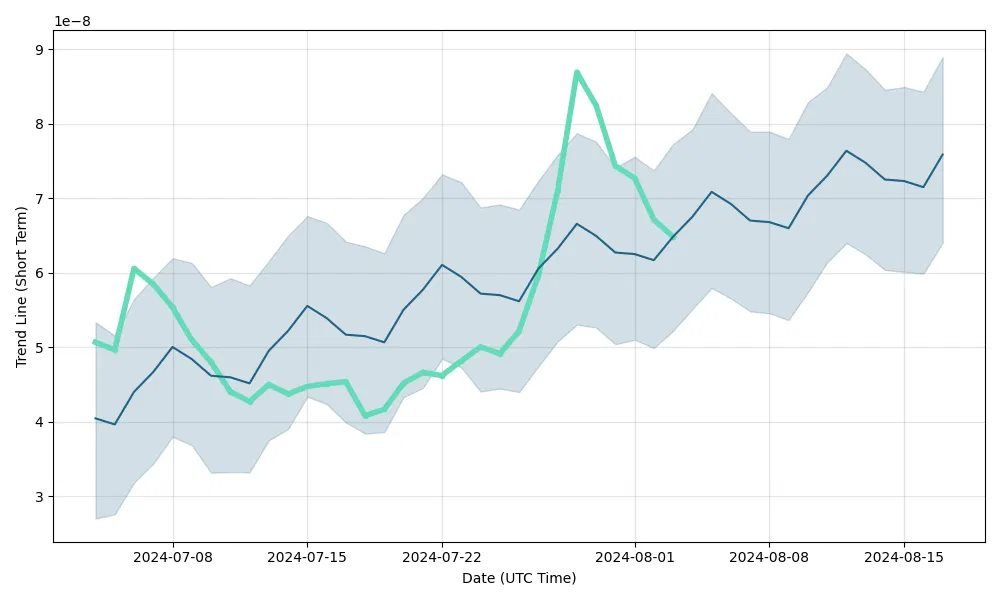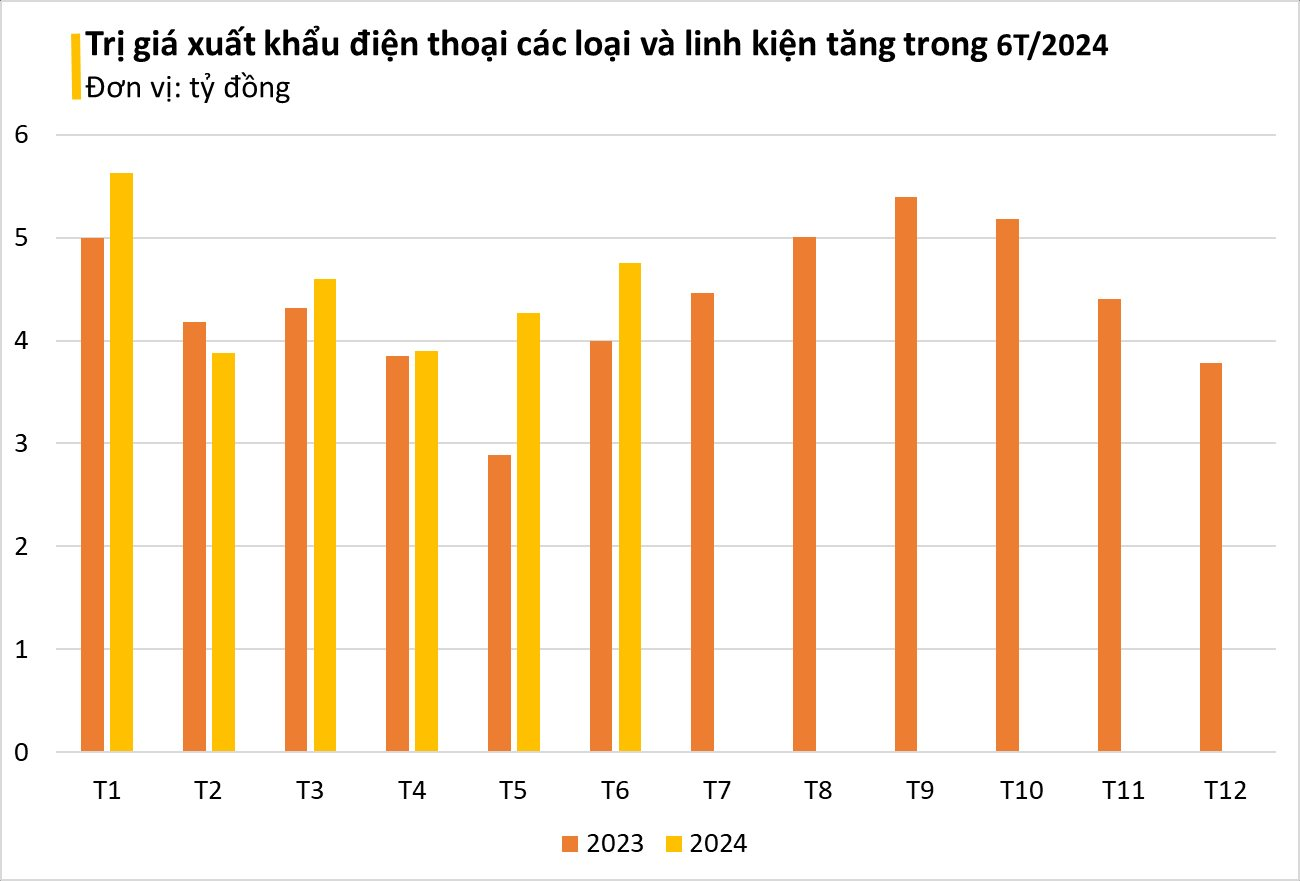The 2023 potato harvest fell short of expectations due to unfavorable weather conditions. Heavy rainfall caused waterlogging, making it difficult to harvest and reducing yield.
The situation was further exacerbated by prolonged rains into early 2024, which delayed potato planting. This is expected to result in a late and lower-than-average 2024 crop.
In Belgium, potatoes are a popular staple crop, cultivated on 100,000 hectares, equivalent to 150,000 football fields. This far exceeds domestic consumption needs. In recent years, Belgium has even become a world-leading exporter of processed products such as crisps and frozen fries.
Jean-Pierre Van Puymbrouck, a potato producer in Tourinnes-Saint-Lambert, described the 2023 harvest as disastrous, with machinery unable to operate and farmers losing 10% of their yield. As a result, potato reserves have been depleted faster than usual.
This explains the surge in potato prices in June, reaching €600 per ton, triple the usual price. This price hike created a frenzy in the wholesale market for stored potatoes but did not immediately affect end consumers.
The rainy spring has delayed planting for the 2024 harvest. Mr. Jean-Pierre Van Puymbrouck reported that planting continued until the end of June, much later than usual. Consequently, the harvest will be delayed, and unless the summer brings perfect weather, it risks being lower than average.
Of course, Belgium is not the only potato-producing country. Traders can source from Germany, the Netherlands, or northern France, but the weather conditions there are not any better than in Belgium.
The fresh potato market is expected to become increasingly tense in the coming weeks, affecting the price of potato bags in stores. “It could increase by 10 to 20%,” calculated Jean-Pierre Van Puymbrouck.
The rising price of fresh potatoes will also impact Belgium’s 4,500 chip shops. Mr. Bernard Lefèvre, President of the Federation of Fryers (UNAFRI), stated that the impact would be less than that of potato bags in stores because potatoes account for only about 10% of the cost of a bag of chips.
In the past two years, due to the conflict in Ukraine and inflation, the price of bagged fries has already increased by about 25%.

Short-term potato price forecast (Source: Walletinvester)
It’s not just Europe; another Asian country is also experiencing a surge in potato prices: Bangladesh. According to traders in the market, potato prices in the country are rising amid reduced production as farmers increasingly shift to more profitable crops, while poor weather conditions also curb supply.
According to the Department of Agricultural Extension (DAE), Bangladesh’s cultivable land has decreased to its lowest level in seven years, from 464,000 hectares in the 2021-22 fiscal year to 455,000 hectares in the current fiscal year.
Data from the Bangladesh Trading Corporation (TCB) shows that the average potato price has increased by up to Tk 15 per kg, or 59.57%, in the last month. Potato prices in the capital city of Dhaka have surged by 108.33% year-on-year, from around Tk 16 to Tk 20 per kg in May 2022.
In Egypt, potatoes are also a strategic crop and a staple food that Egyptians rely on, especially amid the country’s inflationary wave and low purchasing power due to the devaluation of the local currency for the fourth time.
According to the Ministry of Agriculture, potato exports rank second only to citrus fruits in agricultural exports, reaching a record high of over one million tons in 2023.
The increase in potato prices in Egypt is due to higher demand than supply and may be affected by the devastating impact of climate change on part of the crop and the dollar shortage in Egypt for over two years. It has affected the import of potato seeds for the season ending June 30. The expected sharp rise in potato prices in the local market will disappear with the start of the new season in November.
The yield per acre has decreased from 14-16 tons in 2023 to 9-12 tons in 2024, while the yield from locally remaining seeds is about 7-10 tons per acre.
As a result, the amount of goods brought to the daily trading market has decreased by 35-40%, causing a shortage of supply and pushing prices to their current levels.
References: rtbf, ahram





































